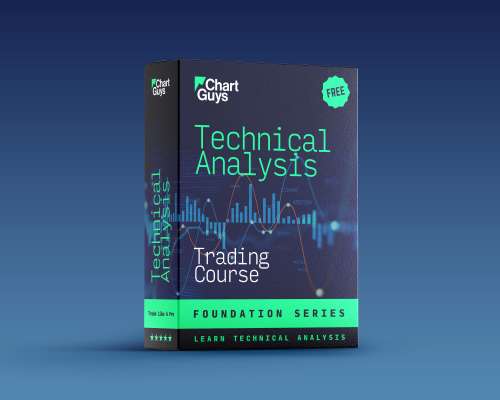The stock market can be, to say it mildly, an overwhelming place. When you first start, you come in thinking you’ll make a few entries here and there, let your money work for you and live your life. Then you take a hit, or something doesn’t go as planned. You start to learn about fundamentals, try to figure out why they don’t match with price action. Then you start to learn about technical analysis to try and figure out how you can get ahead of price action. A few short months later your watch list is 300 tickers long, you’re spending all your time learning charts but you still haven’t quite figured out what your edge is, where your entry is or what your overall plan is.
It always comes back to planning out your goals, but we can also do one more simple trick to make sure that we are managing our time in a way that keeps on track to our ultimate goals.
What is my intention with this time?
You can divide everything you do in the markets based on intention. How does the time that you’re spending serve your ultimate purpose. When you look at the broader market levels to know what the markets are doing, how do you line that up with the trade plan you are looking to make. Do you choose your bear trades if the markets are bear, and bull trades if it’s bull. If the information is just there, but you don’t know how to incorporate that into your trade plan, then you aren’t using that information intentionally, it is instead just extra confusing information.
When you read the fundamentals of stocks and sectors, are you actually using those to include in your long-term trade plan? Or are you just reading about different sectors and not sure how that can possibly affect an entry? If you can’t use the information in order to better your understanding of how you want to trade, then it is just noise.
If you want to learn patterns, but then find yourself chasing 40 different types of styles, then you are never developing your edge, and honing in on your style.
Designate your time for when you want to learn, when you want to practice, how you will set up a trade, what information you actually need to set up an entry and exit.
When you come to the market, establish what your intention is for each time you spend. Give time to learning the pattern you want to learn, to finding setups that meet the criteria you are learning. Don’t be afraid to cut out things that aren’t serving you at all. Designate time that is intended for watching price action as a learning tool alone. Write notes on one or two setups that you will then monitor only those in order to see how you could play the trade. Be intentional with how everything is serving your ultimate purpose. If you find yourself doing something and you have no idea why, stop yourself, ask: what is my intention for this? And if your answer is “I don’t know”, or “cause other traders do it”.. Then it’s time to throw it out, or learn why you’re doing it.












